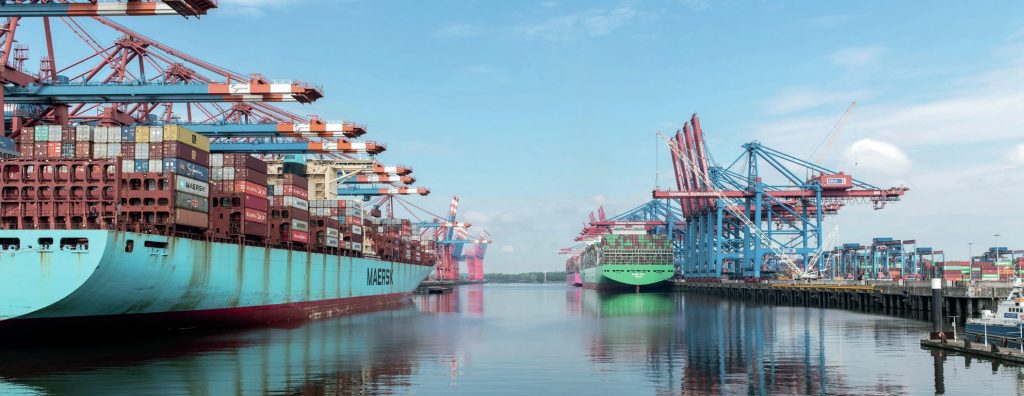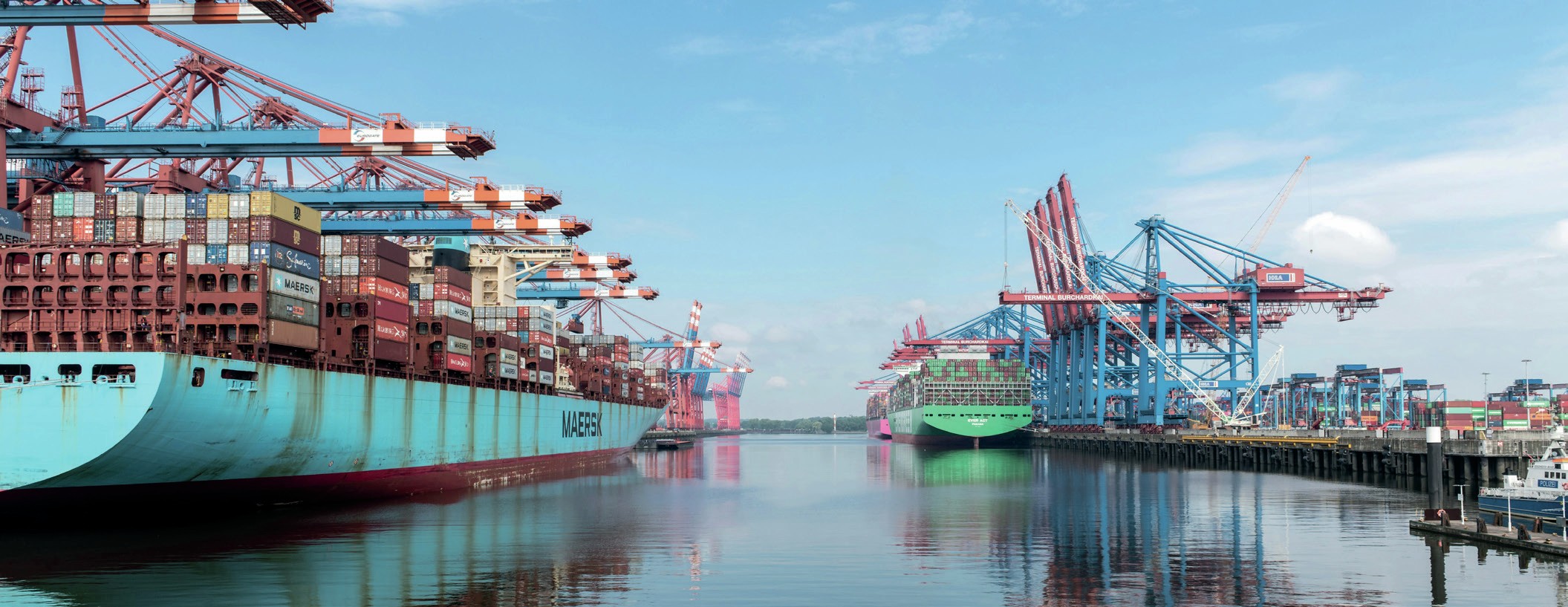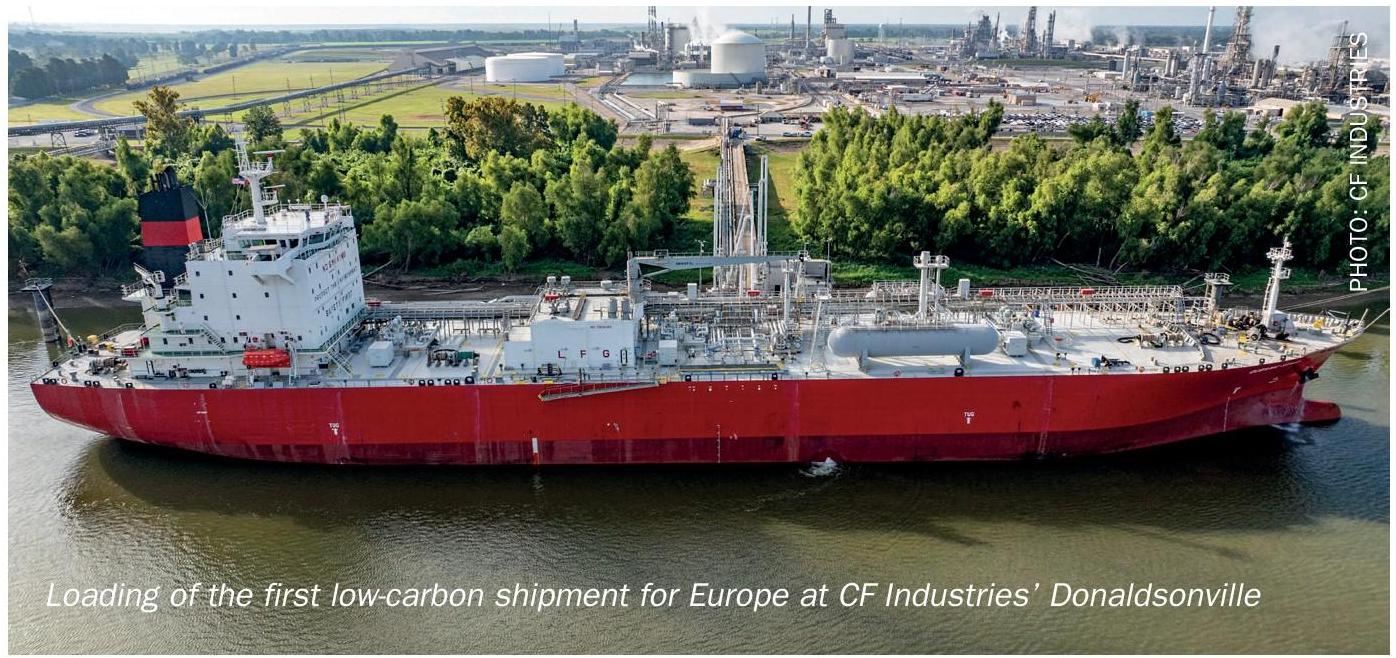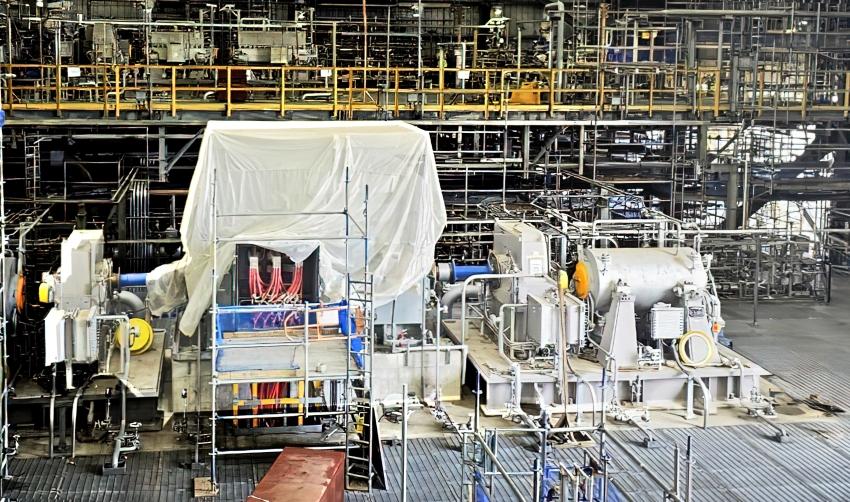Sulphur 418 May-Jun 2025

3 May 2025
The impact of US tariffs
TRADE
The impact of US tariffs
While the US tariff situation remains subject to considerable uncertainty, there has already been an impact on short term trade flows, as well as investment decisions.

On Saturday 1st February, President Trump followed through on his tough talk on trade, announcing a 25% import tariff on Canadian and Mexican goods. This was followed on March 4th by a 25% tariff on imported automobiles, and on March 12th by a 25% tariff on all steel and aluminium products. On April 2nd, what Trump called ‘Liberation Day’, a series of so-called reciprocal tariffs were enacted on all countries, with those running a surplus trade in goods facing up to 50% tariffs in some cases, and all other nations a 10% baseline tariff. China faced tariffs of up to 86%, and when they imposed reciprocal tariffs on the US, this was increased to 145%. While the higher tariff rates were suspended for 90 days, the 10% tariff rate remains, as do the tariffs on China, although Trump has signalled that it could be relaxed depending on how trade talks go. In addition, while some designated ‘critical minerals’ and other goods that formed part of the United States-Mexico-Canada Agreement (USMCA) from Mexico and Canada have been exempted from the 25% tariff rates, they still face a 10% tariff rate.
The short term impact looks likely to fall most heavily upon goods travelling to and from the US and Canada and Mexico. The NAFTA and subsequent USMCA agreements have encouraged supply chains across North America to become highly interdependent, sometimes crossing borders multiple times before the finished goods reach the consumer. In most cases, US manufacturers cannot simply sever ties with such suppliers in the short term.
The supply of a number of base metals and other manufactured goods will have an impact on sulphur and sulphuric acid markets. These are detailed individually below.
Nickel
Over the last five years the US has imported on average more than half of its primary nickel requirement from Canada, with all of this coming from Vale. Tariffs are likely to disrupt trade flows and result in higher spot premiums for consumers. However, the immediate impact may be minimal as CRU understands that some players have moved more material to the country ahead of a risk of tariffs on Canadian nickel imports. As there is no trade between Mexico and the US in nickel -both countries do not have any domestic finished production – tariffs will not have any impact.
The US has one operating nickel mine located in Michigan, owned by Lundin. This mine produces a concentrate that is exported, given the US has no domestic nickel smelters or refineries with the capability to process nickel-bearing concentrates. However, this mine is anticipated to exhaust its production by the end of 2025, leaving the US with no domestic nickel industry. As a result, the US will be completely reliant on imports to meet its primary nickel requirements. Depending on the permanence of tariffs, US domestic nickel refining may become an attractive proposition and there is at least one company with plans to build a carbonyl nickel refinery producing high-purity nickel. However, the challenge this plant will have is sourcing intermediate feed.
Although Canada is home to several large nickel producers, only one has the right surface assets and ore sources to be able to supply the US market from Canada. Vale produces high-purity nickel from its Sudbury and Long Harbor operations. However, its Canadian assets sit in the third and fourth quartile of CRU’s industry costs curve.
Zinc
Around three quarters all refined zinc consumption in the US is reliant on imports: 50% of the imported material comes from Canada and 16% from Mexico. Therefore, tariffs will directly affect about half of all zinc consumption in the US. Export tariffs will be passed onto customers almost entirely – CRU does not expect producers to absorb much of the tariffs charges. The total negative effect of the tariffs on the demand will, however, be partially offset by changes to the supply chains. Given weak demand in Europe, European smelters might be interested in exporting more to the US, but they will not be able to replace full Canadian and Mexican volume at least in the short and medium term. The average zinc price for US consumers will rise significantly initially, eventually finding its new equilibrium at the level less than the total tariff but still significantly higher than before. This will lead to some domestic galvanised sheet demand destruction from substitution effects. Canadian and Mexican smelters can do only three things to deal with the falling US demand: find new consumers in countries that do not impose tariffs, try to sell extra material to China or curtail production to accommodate lower demand from the US. Curtailing production may seem the best option to some as otherwise heavy price discounting would be needed.
Steel
A significant amount of US steel demand is met by imports (15% on aggregate). This varies by product: 10% for steel sheet and over 20% for long products and plate. Canadian imports will be impacted most, these making up around 35% of total steel imports: 40% of steel sheet and as high as 50% of plate. Domestic US steel prices will increase following the introduction of tariffs on semi-finished slab, steel scrap, and finished steel imports from Canada, Mexico and China. There will be a wide-ranging impact that will be felt most by steel end-use sectors, including automotive manufacturers. The specific quantum of price increase will vary by product depending on substitution options, and we do ultimately expect some destruction of demand in steel end use sectors.
Copper
Domestic output, with US refined copper production dominated by Freeport McMoRan and Rio Tinto, is insufficient for local consumption and the US imports some 50-60% of its domestic cathode requirements. While Chile accounts for almost three-quarters of the total c.130,000 t/a of imports are from Canada (primarily Glencore CCR, Montreal) and c.10-15,000 t/a imports from Mexico. The US exports cathode (163,000 t in 2023), mainly across the southern border into Mexico, and this could in theory be retained and sold into the domestic market and its net trade position with its northern and southern neighbours is almost balanced.
Battery metals
Lithium refiners located in the US currently only source feedstock from South America, while the cobalt supply chain in the US is not well-developed currently for both supply, and battery demand. However, Canada is one of the largest suppliers of cobalt metal to the US via Vale. CRU estimates that around two-thirds of the US market is alloy grade (e.g. for aerospace applications) and there are few other established alloy grade producers globally – China, Japan and Norway, with volumes of Chinese-origin cobalt metal into the US limited after having declined significantly during Trump’s first presidency, when tariffs of 25% were imposed.
Supply of alloy grade metal is generally agreed via long-term contracts, with limited spot availability. Prices of Canadian-origin material will increase accordingly in the US, which in the longer-term may disrupt established trade flows. More Japanese and Indonesian cobalt metal is likely to move into the US, while Canadian material may flow more into Europe or Asia. Indonesian metal operations are Chinese-owned, and currently pass through China before reaching the US – it remains to be seen whether these will remain tariff free.
Lead
Higher US import tariffs on refined lead from Canada and Mexico make little sense in a national market that is structurally short of this battery metal. The imposition of higher tariffs on its two neighbours are likely to raise the cost of importing to fill the domestic lead shortfall. However, the degree of increase to the US consumer in the dominant lead end-use of batteries could be mitigated by the supply chain upstream absorbing some of the costs, be it importers or even exporters taking a cut in their profit margins. As a result, in the medium term, tariffs will likely result in the redirection of Mexican and Canadian cargoes towards Asian markets, and instead fulfilment of US demand with either additional domestic supply, or higher-copper South American concentrate previously destined for Asia.
Oil
In early April 2025, global oil markets experienced a sharp downturn triggered by escalating trade tensions and anticipated supply increases. President Trump’s executive order introducing broad-based tariffs on US imports led to Brent crude prices falling by 17% within a week, dropping from early April levels to $64/bbl by April 8. Oil prices have recently staged a modest recovery, with the spot price nearing $68/bbl. This movement is driven by tightening US sanctions on Iranian oil flows, which have primarily impacted independent Chinese refiners with a strong preference for discounted Iranian crude.
Expectations for global oil demand growth have been downgraded by 500,000 bbl/d this year and 240,000 bbl/d in 2026. These revisions reflect weaker global growth expectations and increased uncertainty stemming from recent trade measures. The impact is most acute in the US and Asia, where US tariffs are likely to weigh on oil consumption growth. Nonetheless, non-OECD Asia, particularly India and China, is still expected to be the primary engine of global oil demand expansion over the forecast period.






